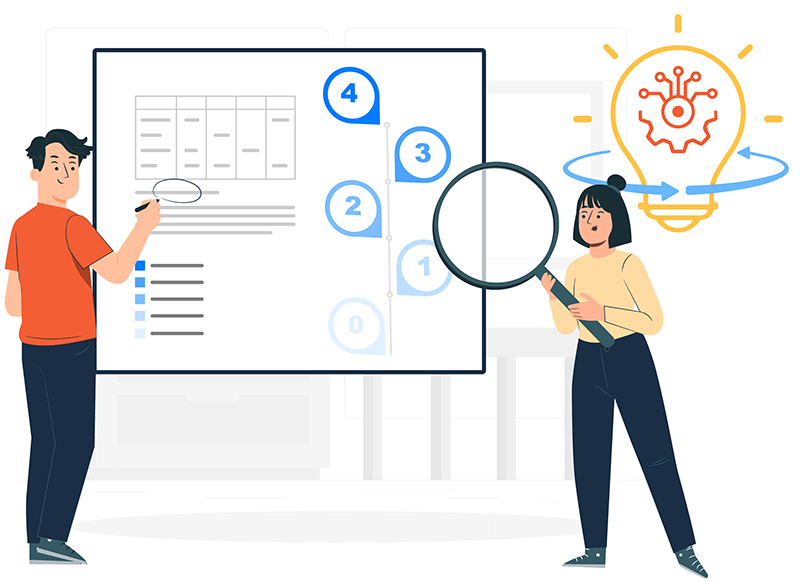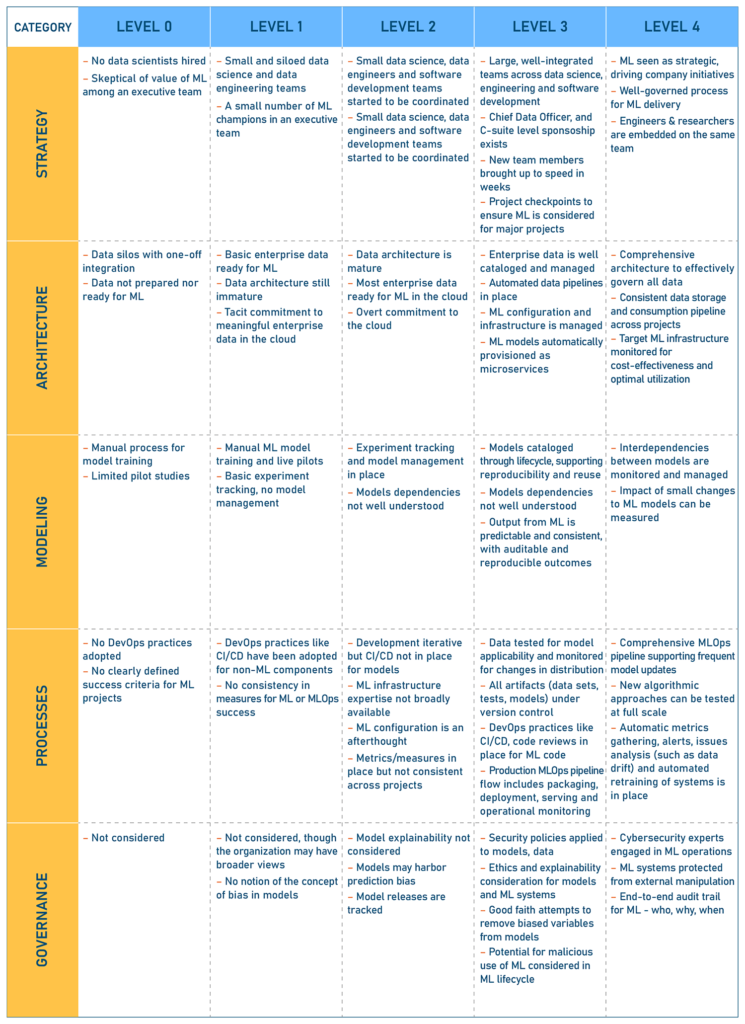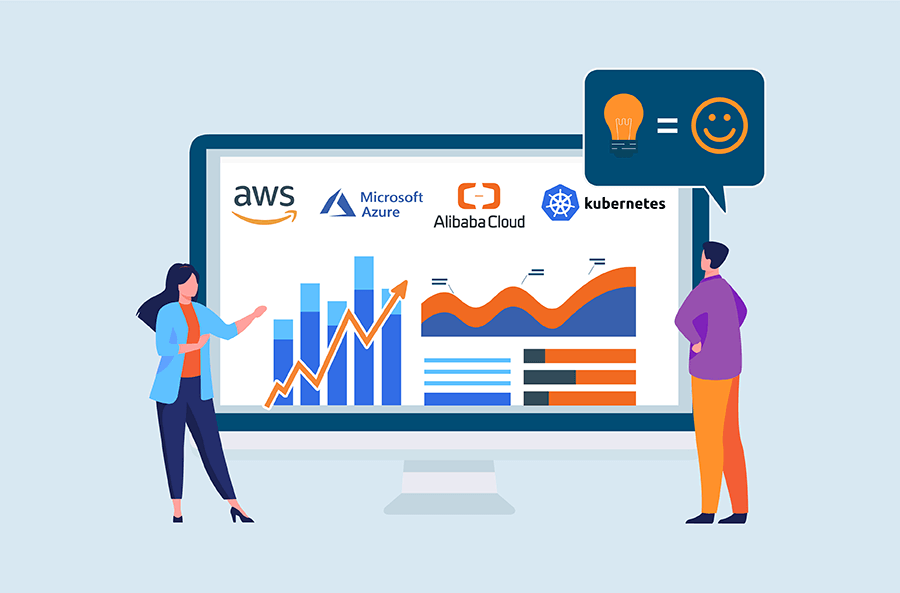
Like most IT processes, MLOps has maturity levels. They help companies understand where they are in the development process and what needs to be changed in their ML approaches to move to the next level (if that is their goal). Using commonly accepted maturity level methodologies also allows companies to determine their place among competitors.
Google Model
Google has its own model of MLOps maturity levels. It appeared as one of the first models, is concise, and consists of three levels:
Level 0: Manual process
Level 1: ML pipeline automation
Level 2: CI/CD pipeline automation
It is difficult to escape the thought that this model resembles instructions for drawing an owl. First, do everything manually, then build an ML pipeline, and then automate MLOps. However, it is well described.
Azure Model
Today, many large companies using ML have created their own maturity models. Azure also has a similar approach to identifying levels. However, they have more levels than Google:
Level 0: No MLOps
Level 1: DevOps but no MLOps
Level 2: Automated Training
Level 3: Automated Model Deployment
Level 4: Full MLOps Automated Operations
GigaOm Model
Also, one of the most detailed and understandable models is from the analytical firm GigaOm. Of all the models, it is the closest to Capability Maturity Model Integration (CMMI). This is a set of process improvement methodologies in organizations, which also consists of five levels from 0 to 4.

* image source: https://research.gigaom.com/report/delivering-on-the-vision-of-mlops
In the GigaOm model, each maturity level is described through five categories: strategy, architecture, modeling, processes, and management.
By using this model in the early stages of ML system development and implementation, important aspects can be considered in advance and the chances of failure can be reduced. In fact, moving from one maturity level to a higher one presents new challenges to the team, which they may not have been aware of before.
Conclusion
All of the models outlined converge on one thing: at level 0, there is a lack of any ML practices, and at the highest level, there is the automation of MLOps operations. In the center, there is always something unique that is somehow related to the gradual automation of machine learning operations. For Azure, this is the automation of the training and deployment process for models.
💡 You might be also interested in our article ‘What are the main challenges of the MLOps process?’
Discover the challenges of the MLOps process, such as data, models, infrastructure, and people/processes, and explore potential solutions to overcome them → https://finopsinpractice.org/what-are-the-main-challenges-of-the-mlops-process.
✔️ OptScale, a FinOps & MLOps open source platform, which helps companies optimize cloud costs and bring more cloud usage transparency, is fully available under Apache 2.0 on GitHub → https://github.com/hystax/optscale.




